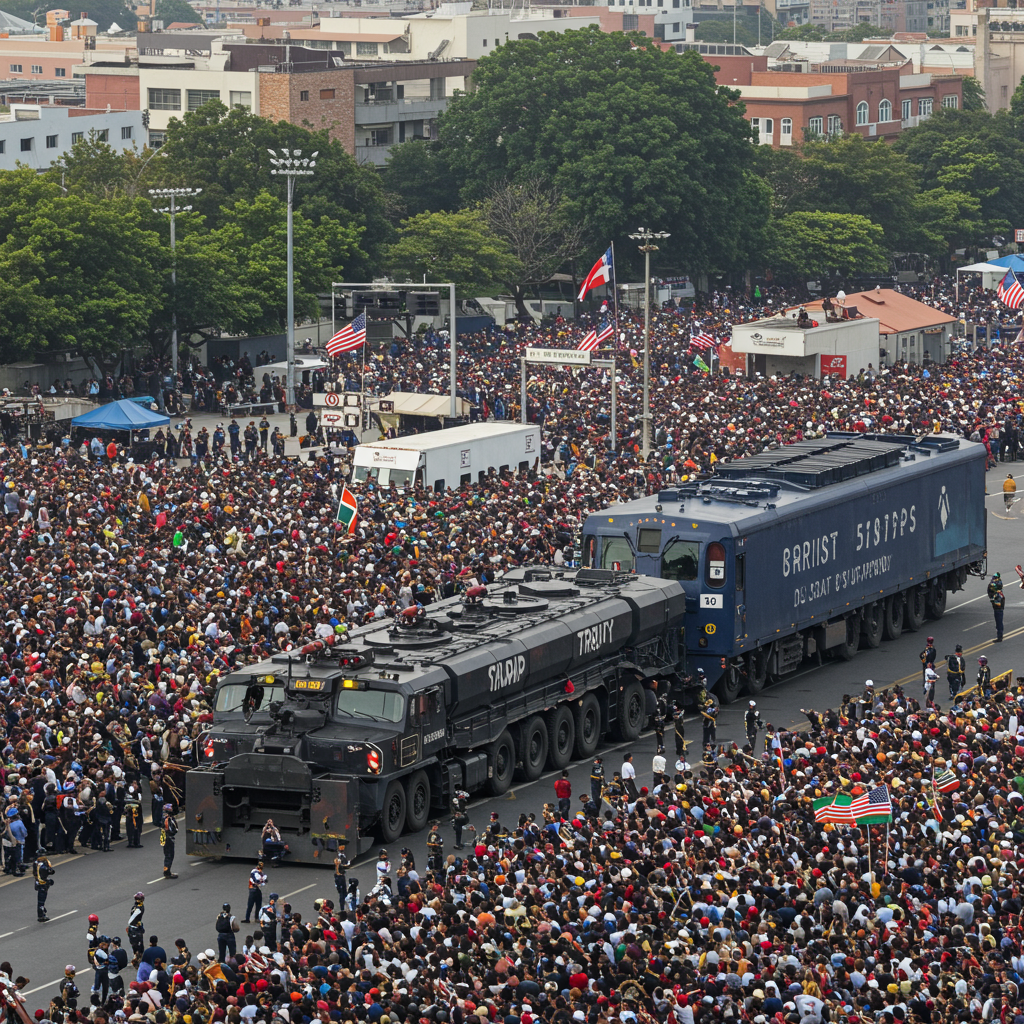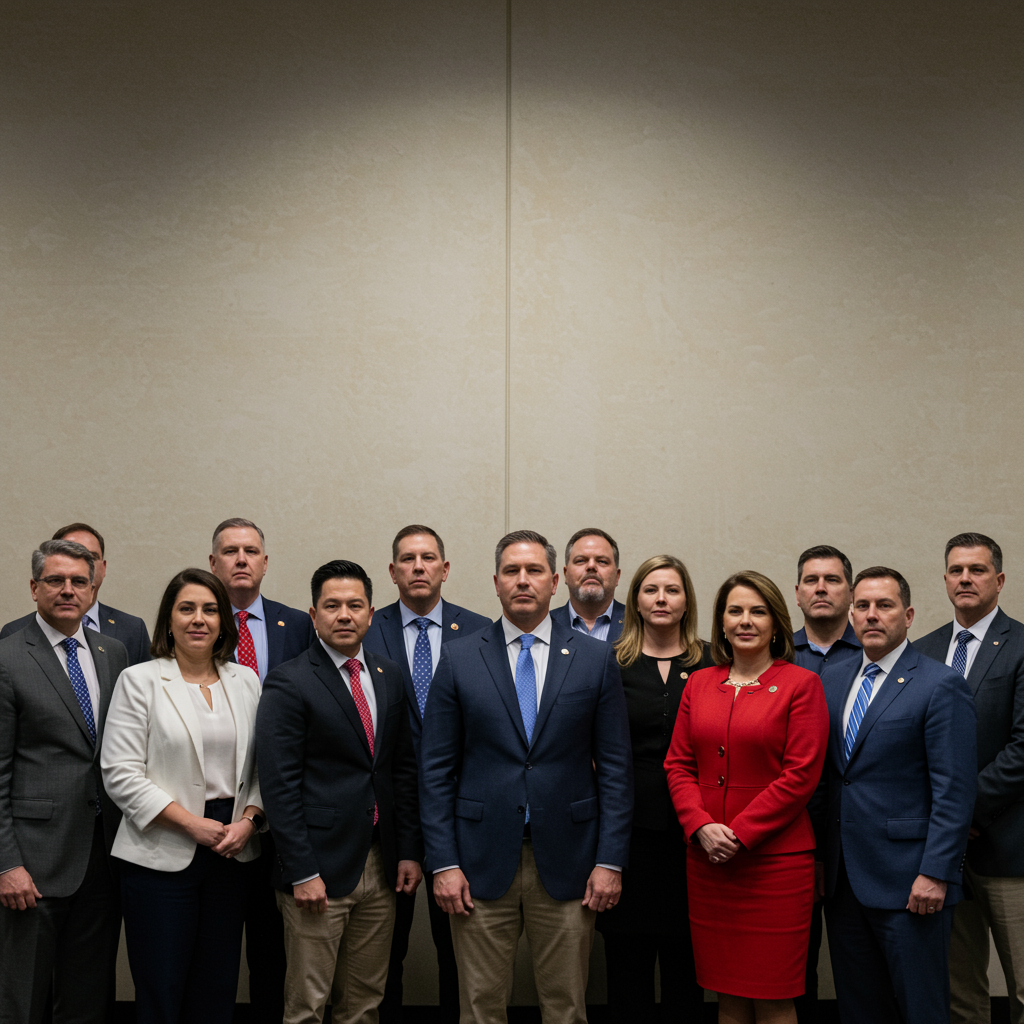A significant shift in international trade relations is unfolding as US President Donald Trump announced a substantial increase in tariffs on Indian imports. This dramatic move, adding an additional 25% tariff, targets India’s purchases of Russian oil. The unprecedented step will escalate the total duty on various Indian goods to a striking 50%, marking one of the highest rates ever imposed by the United States.
This executive order, set to take effect in 21 days, on August 27, has sent immediate shockwaves through global markets. It underscores a deepening rift between Washington and New Delhi, traditionally perceived as important strategic partners. The implications for both nations, and the broader world economy, are poised to be considerable.
Escalating Trade Tensions: Trump’s Tariff Threat
In a decisive maneuver, US President Donald Trump has issued an executive order directly targeting India’s energy sourcing. This new directive imposes an additional 25% tariff on Indian goods entering the United States. This levy is specifically linked to India’s continued acquisition of oil from the Russian Federation. When combined with existing duties, this pushes the total tariff burden on Indian imports to a substantial 50%.
This 50% rate places Indian exports among the most heavily taxed by the US. The executive order stipulates that these new rates will become effective in less than three weeks. This aggressive stance reflects a growing impatience from Washington. The US seeks to curb Russia’s ability to finance its ongoing military actions in Ukraine.
India’s Firm Rejection and National Interest Stance
India’s foreign ministry swiftly responded to the tariff announcement. In a Wednesday statement, Delhi firmly reiterated its position on Russian imports. They labeled the new tariff as “unfair, unjustified, and unreasonable.” The ministry emphasized India’s sovereign right to make decisions based on its national interests.
The statement highlighted a perceived double standard. India pointed out that several other nations also engage in similar actions for their own strategic reasons. Delhi stressed its commitment to taking all necessary steps. These actions aim to safeguard its national interests amidst escalating global pressures.
Washington’s Rationale: Countering Russian Influence
The White House provided its official justification for the new tariffs. A statement on Wednesday asserted that Russia’s activities in Ukraine pose an ongoing threat. This threat impacts both US national security and foreign policy, necessitating stronger measures. The US administration believes India’s imports of Russian oil undermine its efforts. These efforts aim to counter Russia’s war machine in Ukraine.
President Trump had previously issued strong warnings. He indicated his willingness to raise levies, criticizing India’s perceived indifference. He stated India does not “care how many people in Ukraine are being killed by the Russian War Machine.” This sentiment underscores Washington’s moral and strategic argument behind the new tariffs. The US also confirmed its intent to identify other nations importing Russian oil. Further actions against these countries could be recommended to the President as needed.
A Blow to Key Indian Export Sectors
The imposition of a steep 50% duty is set to significantly impact India’s export economy. Key sectors face considerable challenges. These include textiles, gems and jewellery, auto parts, and seafood. These industries are vital contributors to India’s economy. They also represent major job-creating sectors.
The additional tariff will make Indian goods far less competitive in the American market. Initial analyses suggest a potential 40-50% reduction in US-bound exports. This projection comes from the Global Trade Research Initiative (GTRI). However, certain sectors like electronics, including iPhones, and pharmaceuticals currently remain exempt. This selective application highlights strategic considerations in US trade policy.
Geopolitical Ramifications and Shifting Alliances
This tariff threat comes despite previous amicable relations between Donald Trump and Indian Prime Minister Narendra Modi. The leaders had publicly expressed mutual admiration in the past. They even attended joint political rallies. However, the current move suggests a divergence of interests between New Delhi and Washington. This incident could mark a low point in their bilateral ties.
The timing of the tariff hike is particularly notable. It follows recent meetings in Moscow by Trump’s top envoy, Steve Witkoff. These discussions aimed at securing peace between Russia and Ukraine. The move against India demonstrates a willingness to impose secondary sanctions related to the Ukraine conflict. This applies even to nations considered important allies or trading partners. This sets a concerning precedent for other countries. They might face similar economic penalties if they continue trade with Russia.
Expert Perspectives and Future Outlook
Industry bodies in India have voiced strong disapproval. The Federation of India Exports Organisations (FIEO) called the decision “extremely shocking.” They estimate that 55% of India’s total exports to America will be affected. The economic fallout could be severe for Indian businesses.
Experts advise a cautious approach for India. Ajay Srivastava, head of the Global Trade Research Initiative (GTRI) and a former Indian trade official, recommends calm. He urges India to avoid immediate retaliation. Srivastava suggests a six-month period of restraint. He believes meaningful trade negotiations cannot proceed under duress. This advice underscores the delicate balance required in high-stakes international diplomacy.
Frequently Asked Questions
What specific tariffs has Donald Trump threatened against India?
US President Donald Trump has issued an executive order imposing an additional 25% tariff on Indian imports. This new duty is a direct response to India’s purchases of oil from Russia. When combined with pre-existing tariffs, this measure will elevate the total tariff rate on various Indian goods to an unprecedented 50%. This rate is among the highest ever imposed by the US on any trading partner, signaling a significant escalation in trade tensions.
Why is the U.S. imposing tariffs on India for buying Russian oil?
The United States justifies these tariffs by stating that Russia’s actions in Ukraine pose an “ongoing threat” to US national security and foreign policy. According to the White House, India’s imports of Russian oil undermine Washington’s efforts to counter Russia’s military activities in Ukraine. The US aims to disrupt Russia’s financial resources, which are heavily reliant on oil and gas exports. The tariffs are intended as a punitive measure to dissuade countries from engaging in trade that is perceived to support the Russian “war machine.”
How will these 50% tariffs impact India’s economy and its exports to the US?
The 50% tariffs are expected to have a severe economic impact on India. Key export sectors, including textiles, gems and jewellery, auto parts, and seafood, will face steep duties, making their products far more expensive and less competitive in the US market. These sectors are significant job creators in India. The Global Trade Research Initiative (GTRI) estimates that these tariffs could lead to a 40-50% reduction in India’s US-bound exports. While electronics and pharmaceuticals are currently exempt, the overall effect could significantly strain India’s trade balance and economic growth.
Conclusion
The latest tariff threat from US President Donald Trump represents a critical juncture in US-India trade relations. This move, targeting India’s Russian oil purchases with a 50% duty, highlights the complex interplay of geopolitics and global economics. While India asserts its sovereign right to prioritize national interests, the US is determined to exert pressure against perceived support for Russia. The coming weeks will be crucial. Both nations will navigate the immediate economic fallout and consider their long-term strategic alignments. This situation underscores the fragile nature of international partnerships in a rapidly changing world order.




